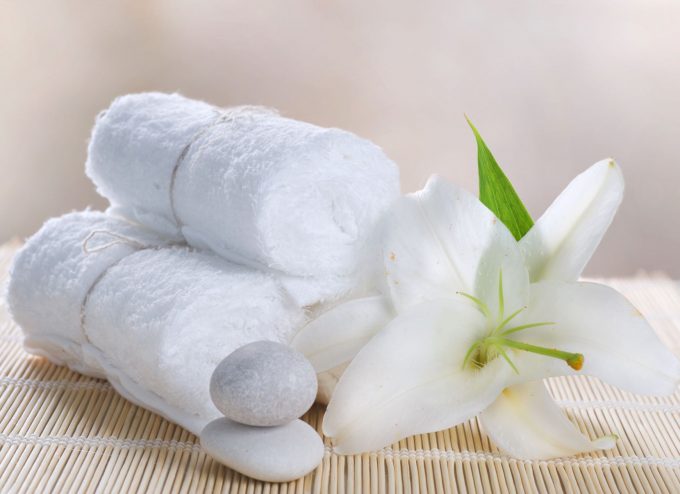
Starting over? Six digital rebranding strategies to give your accom a head start
When rebranding, deflagging or changing ownership, it’s tempting to just wipe the slate clean and start fresh.
While that philosophy might hold up when it comes to the physical product, it can mean problems down the road if wrongly applied to the accommodation’s digital assets.
During the transition process, digital assets are often overlooked, causing digital marketers to scramble in the 25th hour when they realise they don’t have control of important assets like their own web domains or their social media profiles.
By keeping control of all previous digital resources and channels, the revamped property can be visible again in the digital marketplace much more quickly than if you attempt to reinvent the wheel.
To be sure your property doesn’t make the same mistakes, here are six strategies to give your hotel a head start in the transition.
1. Web domains
This may seem like a no-brainer, but don’t underestimate the importance of retaining access to all web domains, FTP sites, images and website content used for the previous incarnation of your hotel.
here may be code and content you’ll want to reuse at a later date, redirects to configure and a host of other needs that you might not foresee at the moment.
Also, don’t be too quick to shut the hotel’s old domains down, as there may be negative SEO implications from this action.

2. Social channels
Ask any social media manager and they’ll tell you, there’s nothing more painful than the process of trying to regain access to your social media channels.
With little to no support available from platforms like Facebook and Instagram, be sure that you still have admin/ownership privileges for all the existing social media accounts used for the hotel before the rebranding (Facebook, Instagram, Twitter, YouTube, etc.).

Unless the hotel was beset by negative reviews on these profiles, you’ll likely want to keep these old accounts active and update them to reflect the new product. This way, you’ll keep all your hard-earned followers.
A quick scan of your audience insights can help you determine if the following is relevant. If not, you always have the option of hitting delete.
3. TripAdvisor and Yelp listings
Review sites are critical for driving hotel bookings, and the impact of these sites is constantly evolving. That’s why you need to carefully manage all review sites during your hotel’s changeover.
Start with ensuring you still have access, but also take a hard look at the content that’s there. On TripAdvisor, depending on the type of transition, you have the opportunity to save or delete old reviews.
For instance if your property underwent a significant renovation, you can request that all old reviews be deleted. That seems logical, but it’s not always the best course of action.
If the reviews are decent enough, it’ll actually benefit the property to leave the old reviews.
According to Hotelogix, 81 percent of travellers find online reviews important for a hotel and 49 percent will not make a reservation for a hotel that has zero reviews.
But if the reviews are really bad, hit delete and don’t look back.
4. Local citations / UNAP
One of the most important elements of online visibility, and frequently overlooked, is your hotel’s digital UNAP (URL, name, address and phone number). Online directories are essentially digital phone books that list a business’ UNAP or citation information. This is the starting point for most initial searches. These directories feed your hotel’s UNAP into places like Google My Business, Localeze, Bing Places, YellowPages.com, Apple Maps, Here.com, micro-directories, etc.
The last thing a hotel wants is to have inaccurate information published that turns potential guests away.
In the instance of a hotel turnover or acquisition, you want to claim or gain access to as many logins as you can, so that you can control each of your citations and delete any inaccurate or duplicate listings you find.
If the discovery and update process for all these citations becomes too daunting, you may want to utilise a citation management tool like Moz Local or YEXT to monitor and alert you for inconsistencies or duplicate listings through one comprehensive interface.
While Moz Local and Yext will save you a ton of work for 95 percent of online directories, you still should invest the time in managing your Google My Business account manually. GMB has numerous features such as posts, amenities, ordered images, reviews and reporting tools that you can optimise and use to your advantage.
5. Other digital assets
Don’t just focus on the property’s online assets, either. It’s equally important to retain all local digital files used for past marketing campaigns (including ads and collateral documents and layouts), as well as images, menus, blogs, team bios and all localised content and information.
You’ll never know when you need these resources, and why start from scratch? There’s no point in burning a past investment that still holds value. In these instances, it’s always better to hoard, than erase.
Tambourine is a US-based marketing, booking and distribution service that helps hotel and travel marketers sort it all out. It delivers a 360º program that reduces stress and increases revenue.








I think we are all forgetting one thing , the guest need a point of difference.
this is the NOW.
Most guests are dissatisfied with
hotels’ customer service. Research shows that even a 5-minute wait at your reception causes average guest satisfaction to drop by 50%
Guests view the check-in experience as an unavoidable hassle
The rise of services like Airbnb has led guests to expect more seamless, personalised hospitality experiences
Guests prize speed and convenience
Hotels need to answer this by only having direct bookings use a Digital Keyless platform like tapstay.